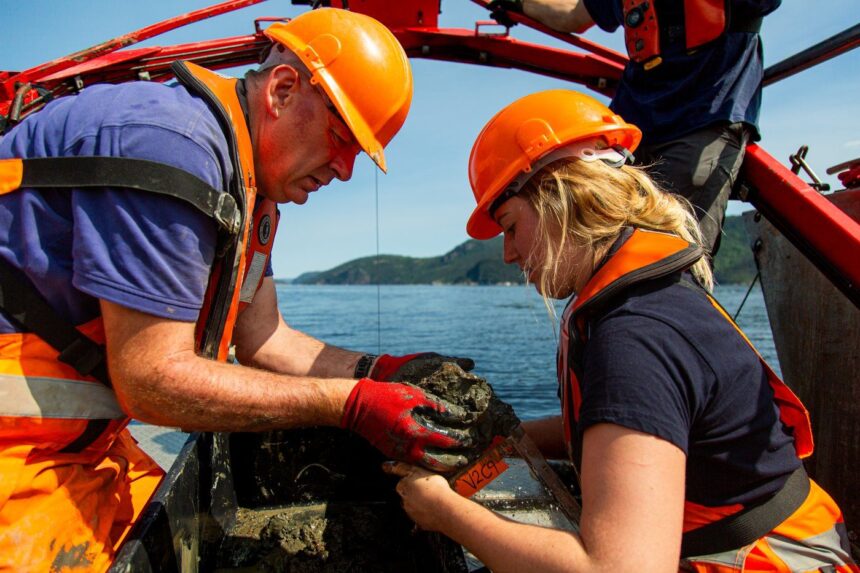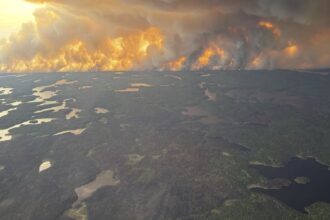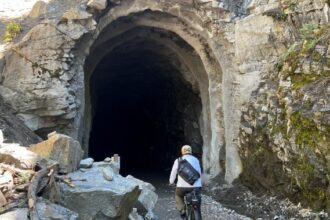In the murky depths of the St. Lawrence Estuary, a team of dedicated researchers are literally getting their hands dirty to fight climate change. As I trudge through the mudflats near Rimouski, Quebec, watching scientists extract core samples from the seabed, it becomes clear that what many might dismiss as mere mud could hold crucial keys to our climate future.
“What we’re studying here isn’t glamorous, but it might be revolutionary,” explains Dr. Marie Lavoie, lead researcher at the Quebec Ocean Research Institute. “These sediments contain carbon that’s been locked away for centuries, and understanding how they store it could help us develop new carbon capture technologies.”
The research team has discovered that specific microbial communities in these coastal sediments are remarkably efficient at sequestering carbon dioxide from the atmosphere. Their findings suggest that the St. Lawrence Estuary alone may store the carbon equivalent of what Quebec’s forests capture annually – a staggering revelation that has significant implications for climate change mitigation strategies.
“We’ve identified unique microorganisms that essentially ‘lock’ carbon in forms that remain stable for thousands of years,” says oceanographer Jean-Philippe Marchand. “What makes this discovery particularly valuable is that these processes happen naturally, without human intervention.”
The implications extend far beyond Quebec’s shores. Global coastal wetlands, while covering less than 2% of the ocean’s total area, may sequester up to 50% of all carbon stored in ocean sediments, according to recent studies. Scientists have dubbed these environments “blue carbon ecosystems” for their outsized role in carbon storage.
Financial analysts are taking note as well. Carbon offset markets are increasingly looking toward blue carbon projects as potentially lucrative investments. A report from Climate Finance Partners estimates that the blue carbon market could grow to $5 billion annually by 2030, providing a significant economic incentive for coastal conservation.
“The business case is compelling,” notes Emma Richardson, climate finance specialist at Sustainable Futures. “Companies seeking to offset their carbon footprint are increasingly interested in blue carbon credits because these ecosystems can store carbon for centuries, much longer than many land-based solutions.”
The Quebec government has responded by allocating $12 million toward coastal research initiatives, recognizing both the environmental and economic potential. Premier François Legault called the research “a perfect example of how Quebec can be a leader in climate solutions while creating sustainable economic opportunities.”
Not everyone is convinced, however. Some environmental groups caution against viewing natural ecosystems primarily as carbon offset opportunities. “These habitats need protection for numerous reasons beyond carbon storage,” argues environmental advocate Sophie Tremblay. “We must ensure that any market-based approach doesn’t compromise the ecological integrity of these sensitive areas.”
The Rimouski research team acknowledges these concerns while continuing their painstaking work—sifting through mud samples, analyzing carbon content, and documenting the invisible life forms that might help humanity address our greatest environmental challenge.
As climate negotiators prepare for upcoming international climate talks, the question remains: will we recognize the value of these overlooked ecosystems before it’s too late? The answer may lie in the mud beneath our feet—if only we’re willing to look.










